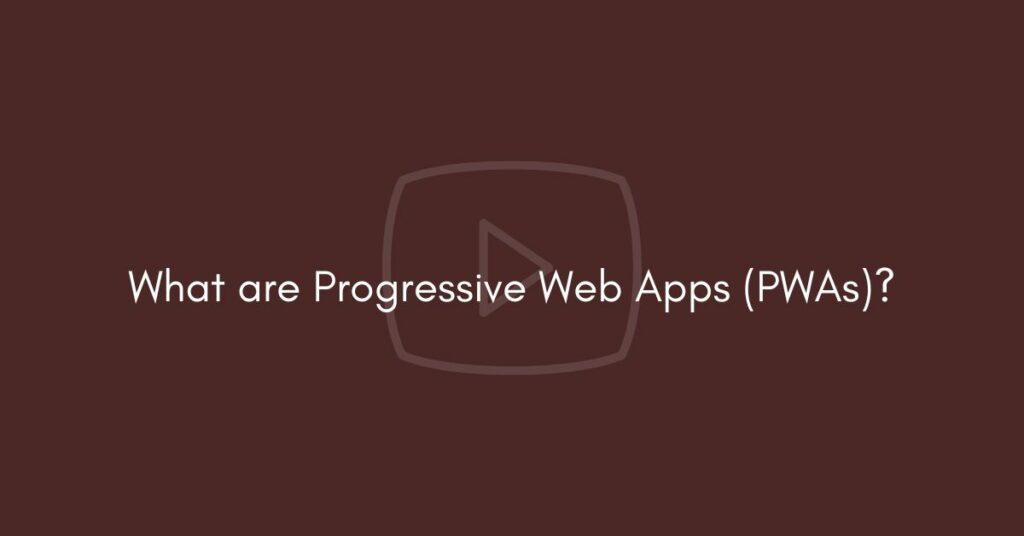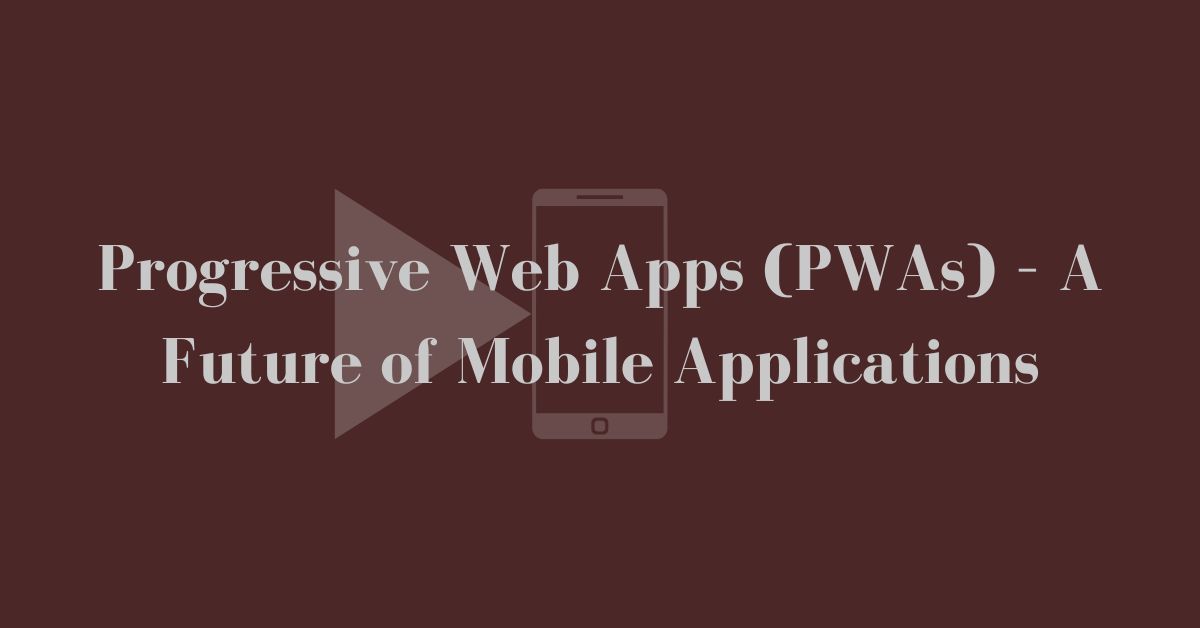Progressive Web Apps (PWAs) have become a popular buzzword in the world of web development.
PWAs are web applications that provide a native app-like experience to users, without requiring them to download an app from an app store.
In this article, we will take a deep dive into PWAs, what they are, how they work, and why they are becoming an increasingly popular choice for businesses and developers.
What Are Progressive Web Apps (PWAs)?

PWAs are web applications that are designed to work on both desktop and mobile devices. They are designed to provide a native app-like experience to users.
These features such as offline support, push notifications, and fast load times. PWAs are built using modern web technologies such as HTML, CSS, and JavaScript.
It makes them platform-independent and accessible to a wide range of users.
How Do PWAs Work?
PWAs are built using standard web technologies and are accessible via a web browser. Just like any other website.
When a user visits a PWA for the first time, they are prompted to add the PWA to their home screen.
This creates a shortcut to the PWA on their device. It makes it easy to launch the PWA just like any other app.
Once the PWA is installed, it runs offline, just like a native app. It means that users can use the PWA even when they are not connected to the internet.
This makes PWAs an ideal solution for businesses and developers who want to create apps that can be used in areas with poor or no internet connectivity.
Why PWAs Are Becoming Popular?
PWAs offer a number of advantages over traditional native apps.
Firstly, PWAs are much easier and faster to develop than native apps. they are built using standard web technologies.
This also makes PWAs more accessible. they can be used on a wide range of devices and platforms. It without require users to download an app from an app store.
In addition to this, PWAs offer a number of native app-like features, such as offline support, push notifications, and fast load times.
This means that users can enjoy a native app-like experience, without having to install a separate app.
This is particularly beneficial for businesses and developers who want to reach a wider audience. PWAs are accessible to a much larger number of users than traditional native apps.
Finally, PWAs offer improved search engine optimization (SEO).
They are easily discoverable by search engines and can be indexed, just like any other website. This makes PWAs an ideal solution for businesses and developers.
Those who want to improve their online visibility and reach a wider audience.
Conclusion
In conclusion, PWAs are a modern and innovative solution for businesses and developers who want to create fast, accessible, and engaging mobile applications.
With its native app-like features, fast load times, and improved SEO.
PWAs are becoming an increasingly popular choice for businesses and developers who want to reach a wider audience and improve their online presence.
So, if you’re looking to create a mobile app, consider a PWA – it just might be the future of mobile applications.
What Are HTML5 Semantic Elements And Their Usage?




